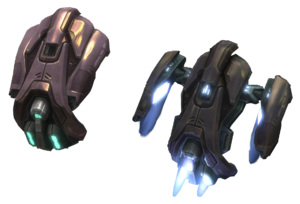
Personal devices to allow the user to fly have been researched since the earliest days of man. In the mid 20th century, Jet Packs used rocket propellants to gain enough lift to get off the ground and fly around, but they suffered from significant thrust-to-weight problems. In the mid 22nd century anti-gravity became more common place, working its way into technology for those with medical conditions, anti-gravity based chairs to allow movement for those with the inability to stand or walk became common place by the early 23rd century.
By the mid-late 23rd century this same technology was developed into various prototypes to allow a person to be lifted into the air and move around at various altitudes. Use in flying at high altitude will still require some kind of life support in most planetary environments.
Operation
The pack operates by creating a negative-gravity field around the wearer. This field is usually calibrated to negate the existing gravity of the immediate environment, but it can be used to achieve a repulsion effect from the gravitational center. The latter is a relatively uncommon configuration.
Thrusters on the pack itself are then used to allow for flight, requiring only minimal power once the force of gravity is negated. Since the pack negates gravity and not inertia, it is important to remember this distinction turning flight. Sharp turns and high levels of acceleration or deceleration can cause physical injury or death.
Power Source
Most packs use a compact fusion core fueled by deuterium. Some use plasma batteries or other storage methods, but these are less common.